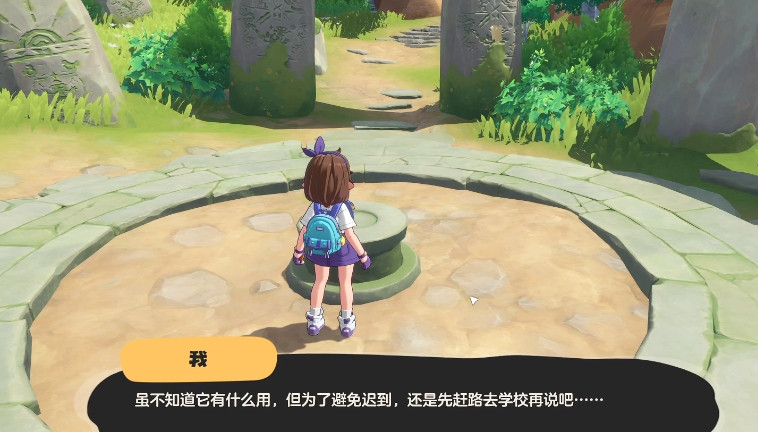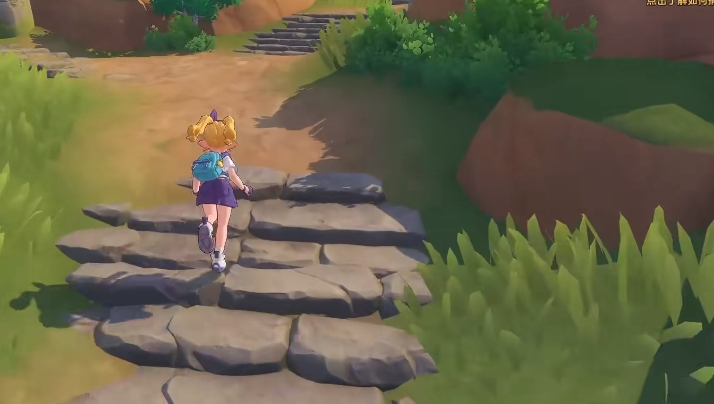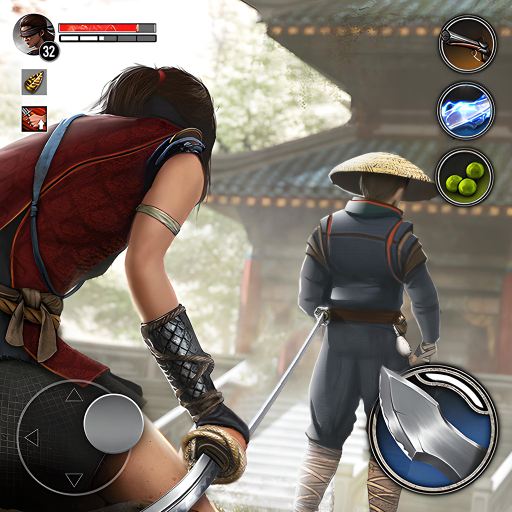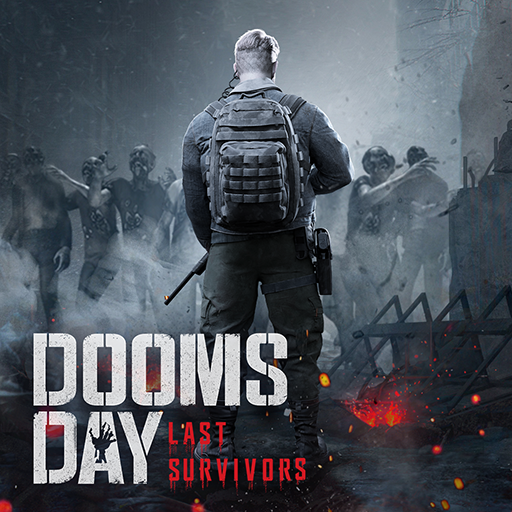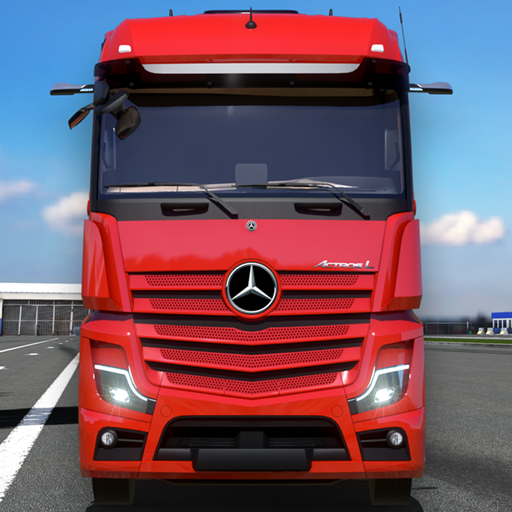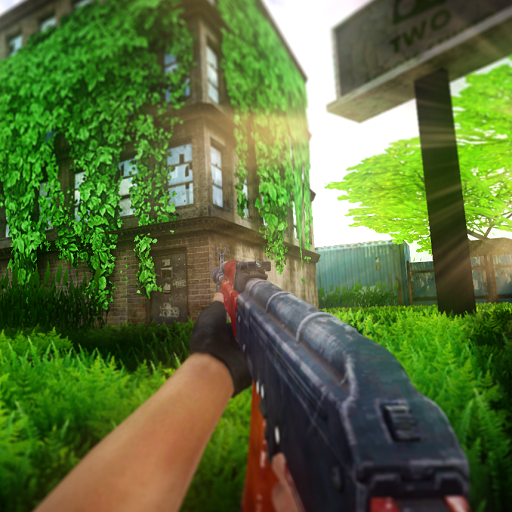The Age of Exploration legend is actually based on a world map that is grounded in real historical geography, covering regions such as Europe, Asia, Africa, and America. It includes ports and seas, forming the core gameplay foundation for players to trade, battle, and explore. So today, I will share how to explore the world map in the Age of Exploration legend. In fact, the map system, through sea area divisions, port types, and resource distribution, each has its own unique gameplay characteristics.
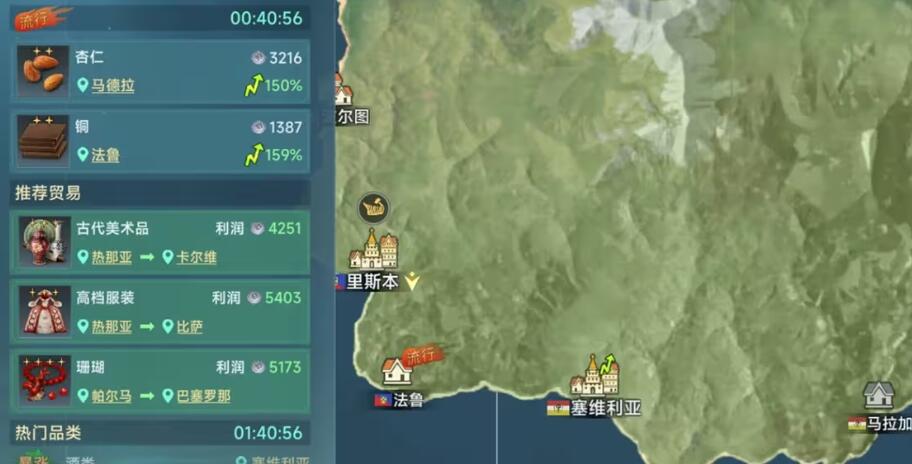
The game map is divided into over 20 sea areas, including Northern Europe, Western Europe, Eastern Europe, West Africa, the Caribbean, and more. Each sea area contains multiple ports and special points. Port types include trading ports (such as Lisbon, London), military ports (such as Genoa), and adventure ports (such as Athens). Different ports offer different goods, missions, and facilities. Northern European ports mainly produce wood and iron ore, while Southeast Asian ports are rich in spices and silk. Players need to choose docking points based on their goals, prioritizing the exploration of nearby ports at the beginning to establish every link in basic trade.
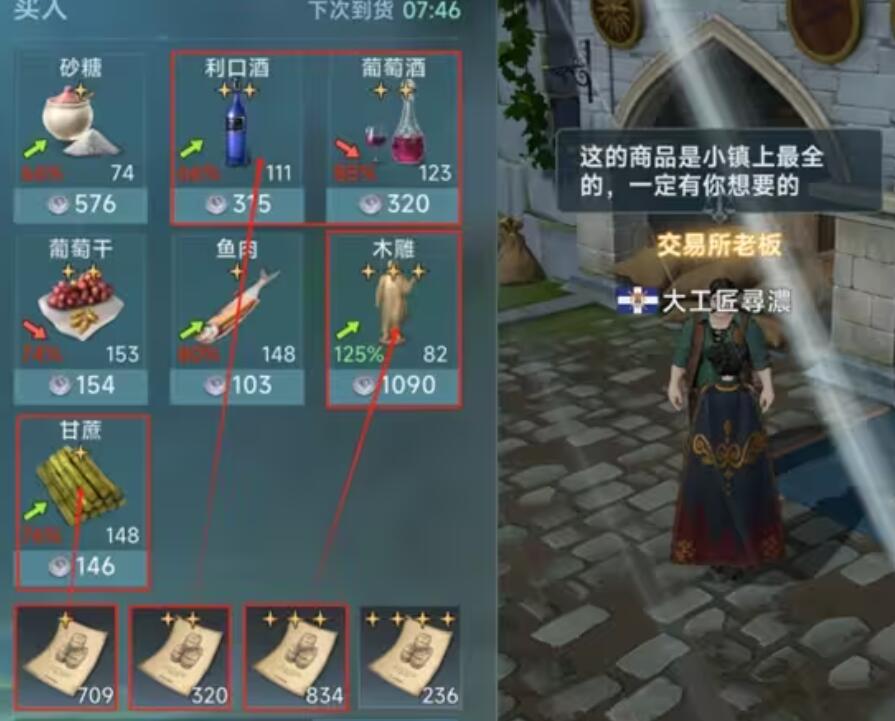
When exploring the map, navigation is influenced by dynamic factors such as wind and ocean currents. Sailing with the wind can increase speed by 30%, while sailing against the wind requires adjusting the route or using acceleration skills. The mini-map can be used to check real-time coordinates and speed, and it is recommended to avoid stormy areas to reduce ship damage. For long voyages, it's necessary to carry sufficient supplies (sailors, food) and monitor the status through the logbook, making timely stops at intermediate ports for repairs.
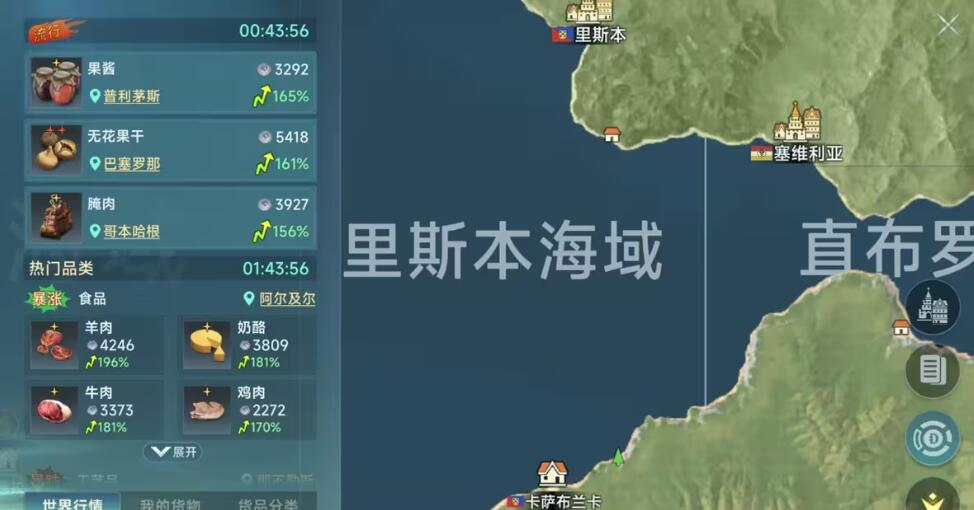
The map hides several highly profitable routes. I recommend the wine trade from Lisbon to London in Western Europe or the spice route from Malacca to Europe in Southeast Asia. However, this is not absolute; attention should also be paid to port intelligence. For example, if there is a sudden demand for pearls somewhere, they can be purchased at a low price in Northern Europe and sold at a high price. Investing in ports can unlock exclusive goods and discounts, such as being able to buy high-quality casting materials in bulk after investing in Hamburg. Unknown sea areas may also contain ruins and treasures, which require locating coordinates using an astrolabe. Dangerous areas (like pirate bases in the Caribbean) are recommended to be explored in groups, equipped with high-durability ships. Land exploration requires managing fatigue, prioritizing the dispatch of adventurer-class sailors, and using exploration skills to increase the discovery rate of resources.
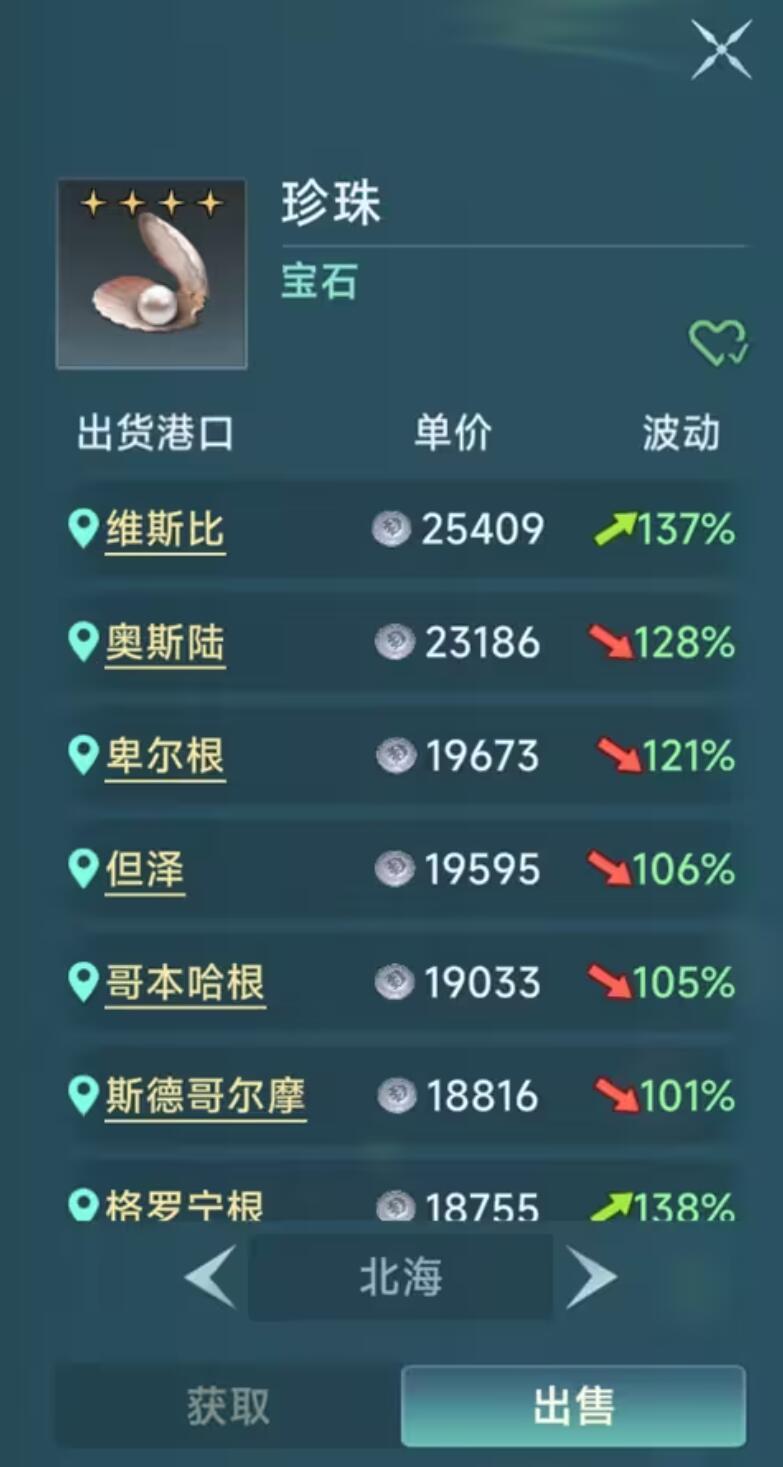
In fact, the map design of the Age of Exploration legend is very rich. However, due to space limitations, many contents can only be briefly mentioned. But as long as everyone accurately plans from basic routes to determining trade routes, from risk avoidance to land exploration, it can elevate your navigation efficiency to a new level.
